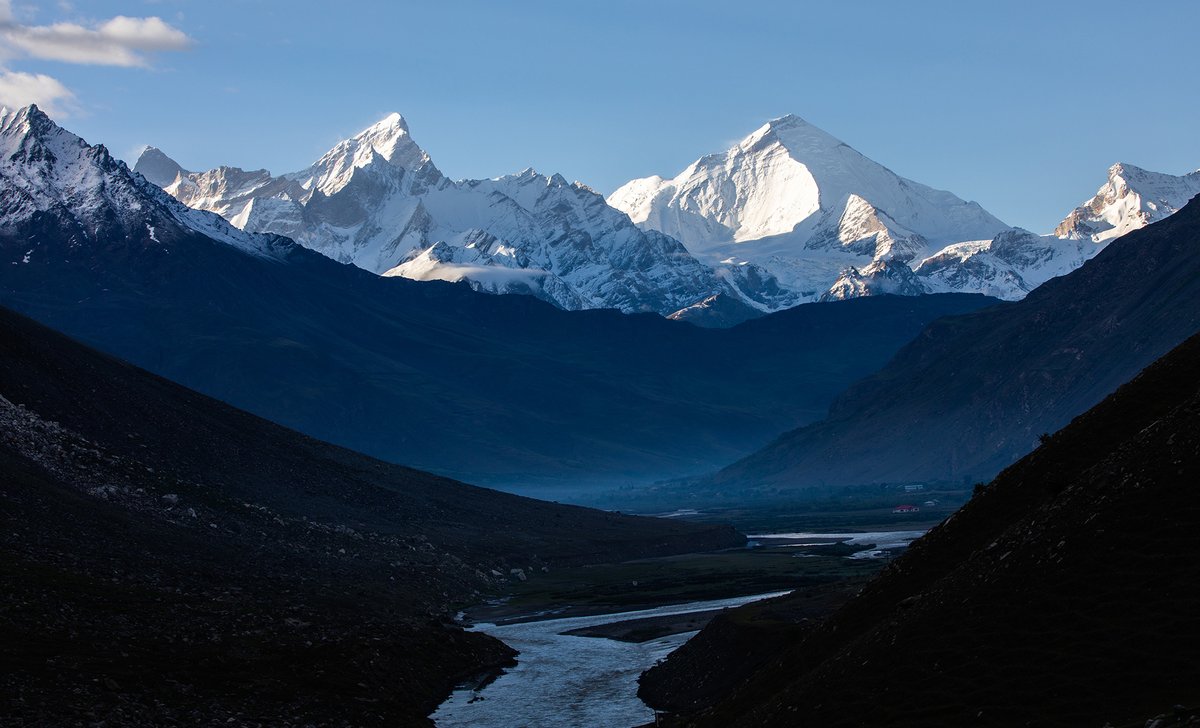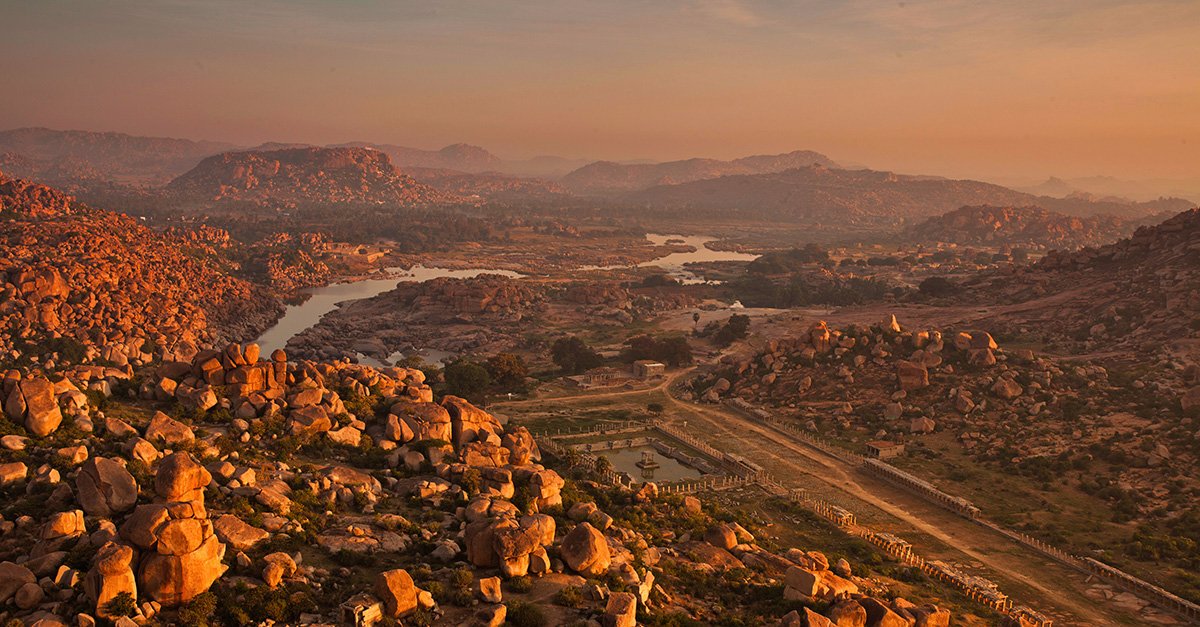
[Thread] All through this week, I shall post portrait images I have made over the span of last ten years or so. 1/n 

Portraits are usually mugshots / headshots with the person looking into the camera. They are often planned images, created by adjusting the situation, setting and light.
May be I'll add some detailed commentaries and background to these images, letting them span into branches.
May be I'll add some detailed commentaries and background to these images, letting them span into branches.

Some portraits are environmental in nature. Meaning, they are'nt mugshots, but images of people in their natural environment: their workspaces, homes or places where they normally tend to be in. Environmental portraits can say a lot more about a person than a regular portrait. 

Some places yield extremely well for environmental portraits. I couldn't have asked for better light, better background, better setting and of course better model. Everything was just perfect. 

A portrait from Ardh Kumbh Mela in Prayag two years ago.
For people who may be interested in the thought process that goes into making a portrait, here is an essay I wrote on the thinking that went into making this image: medium.com/@arunchs/anato…
For people who may be interested in the thought process that goes into making a portrait, here is an essay I wrote on the thinking that went into making this image: medium.com/@arunchs/anato…

Inside a colourful yurt, in the highlands of Central Asia.
A yurt is a circular tent that serves as the summer-time dwelling of semi-nomadic shepherds in the mountains.
A yurt is a circular tent that serves as the summer-time dwelling of semi-nomadic shepherds in the mountains.

• • •
Missing some Tweet in this thread? You can try to
force a refresh



























